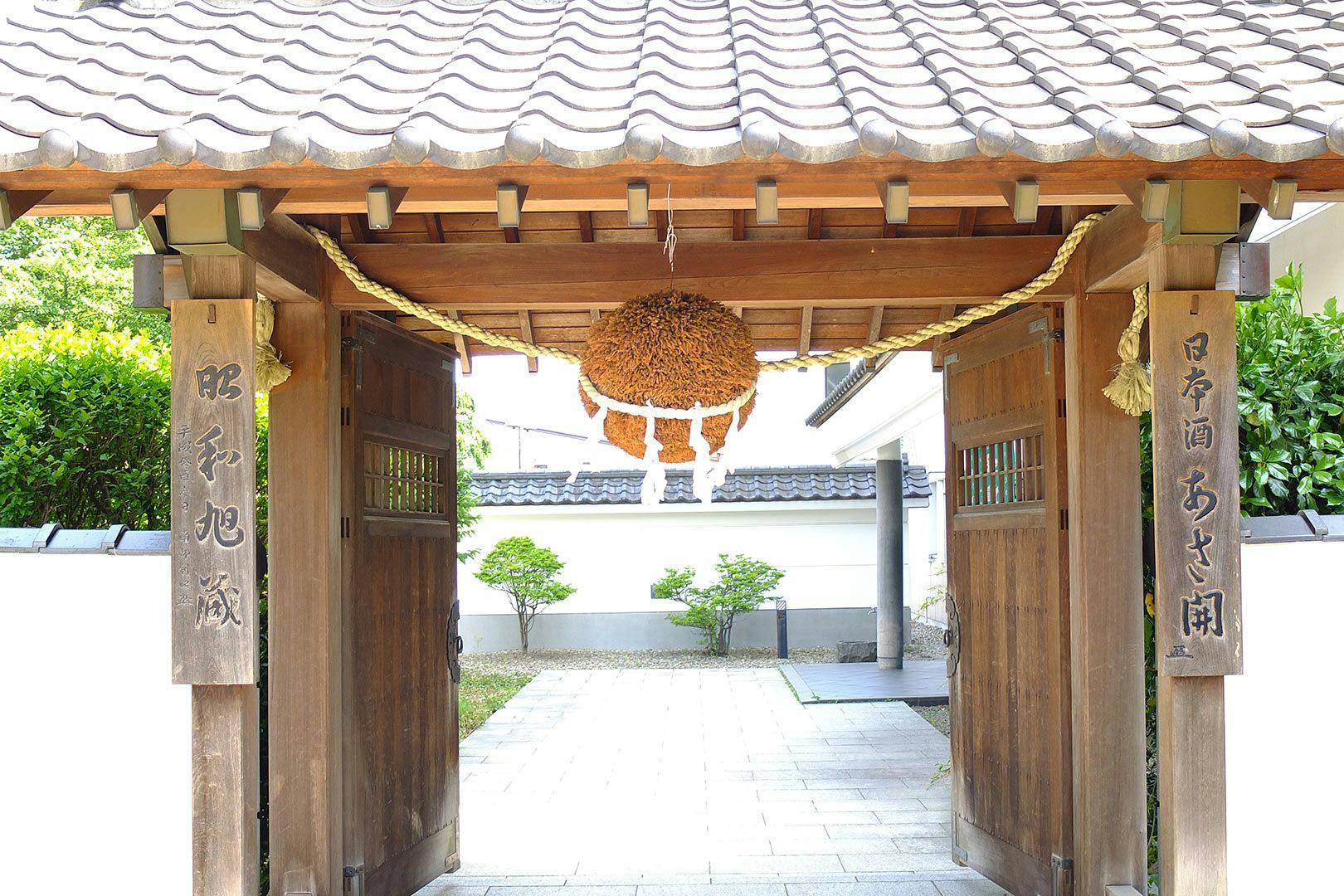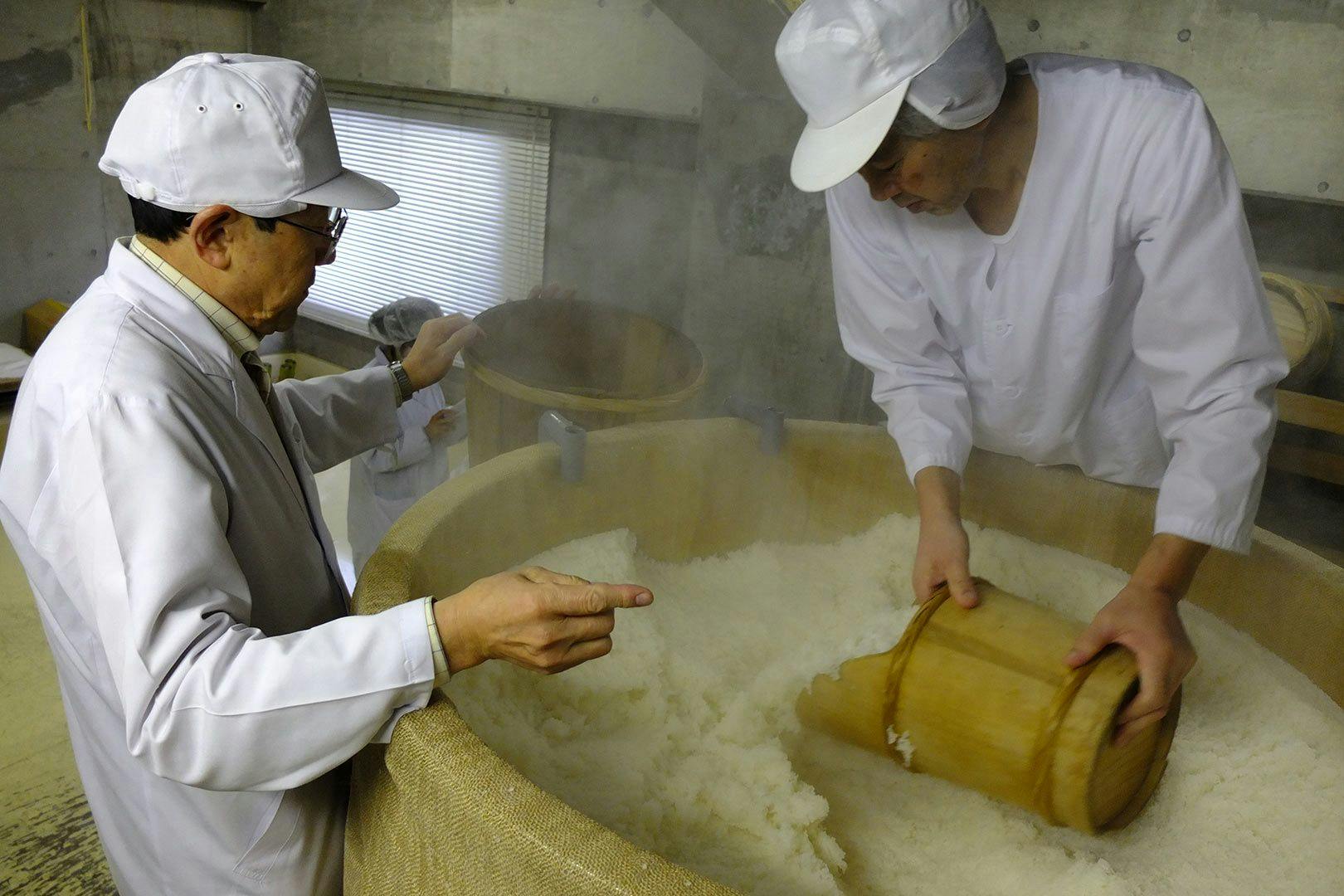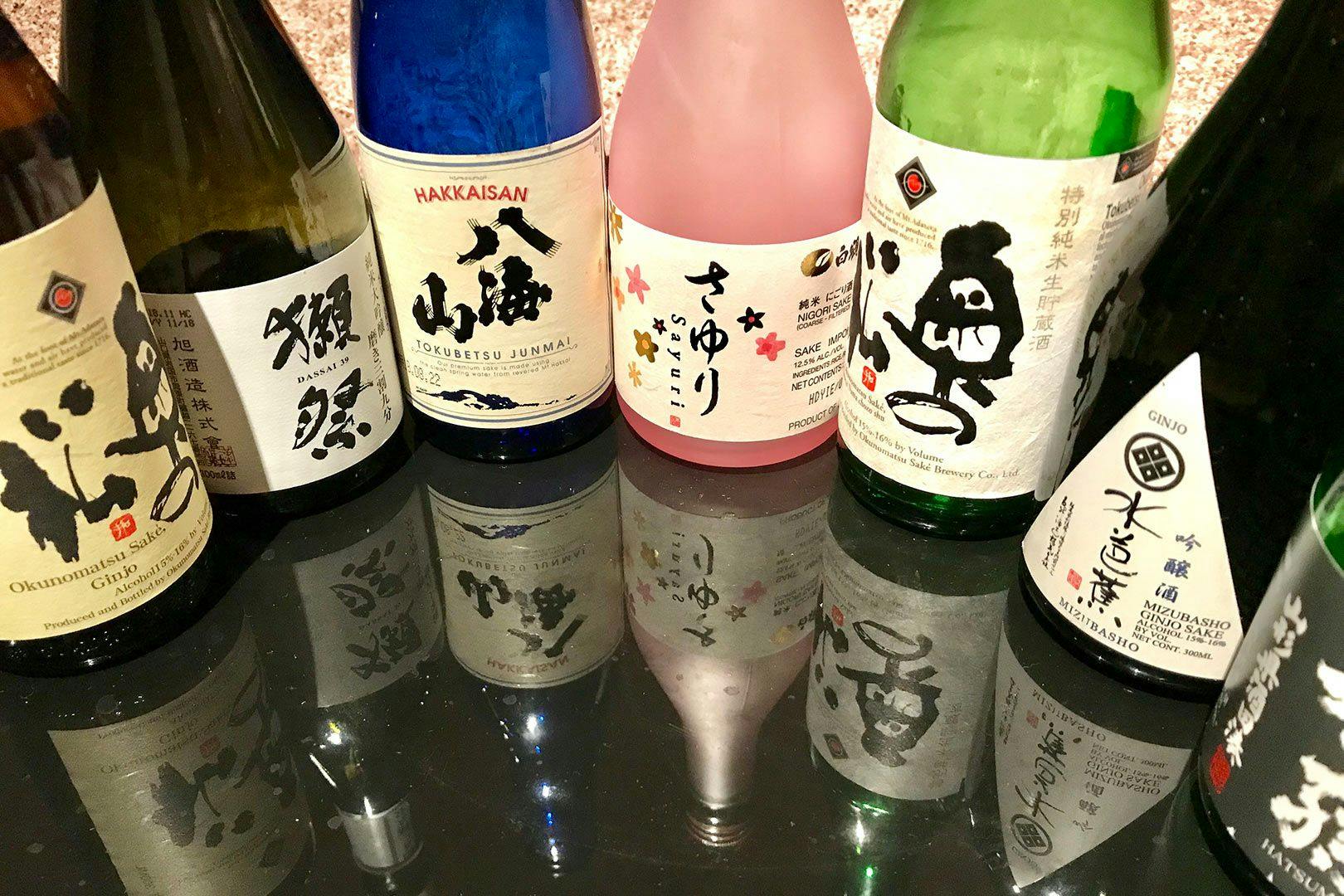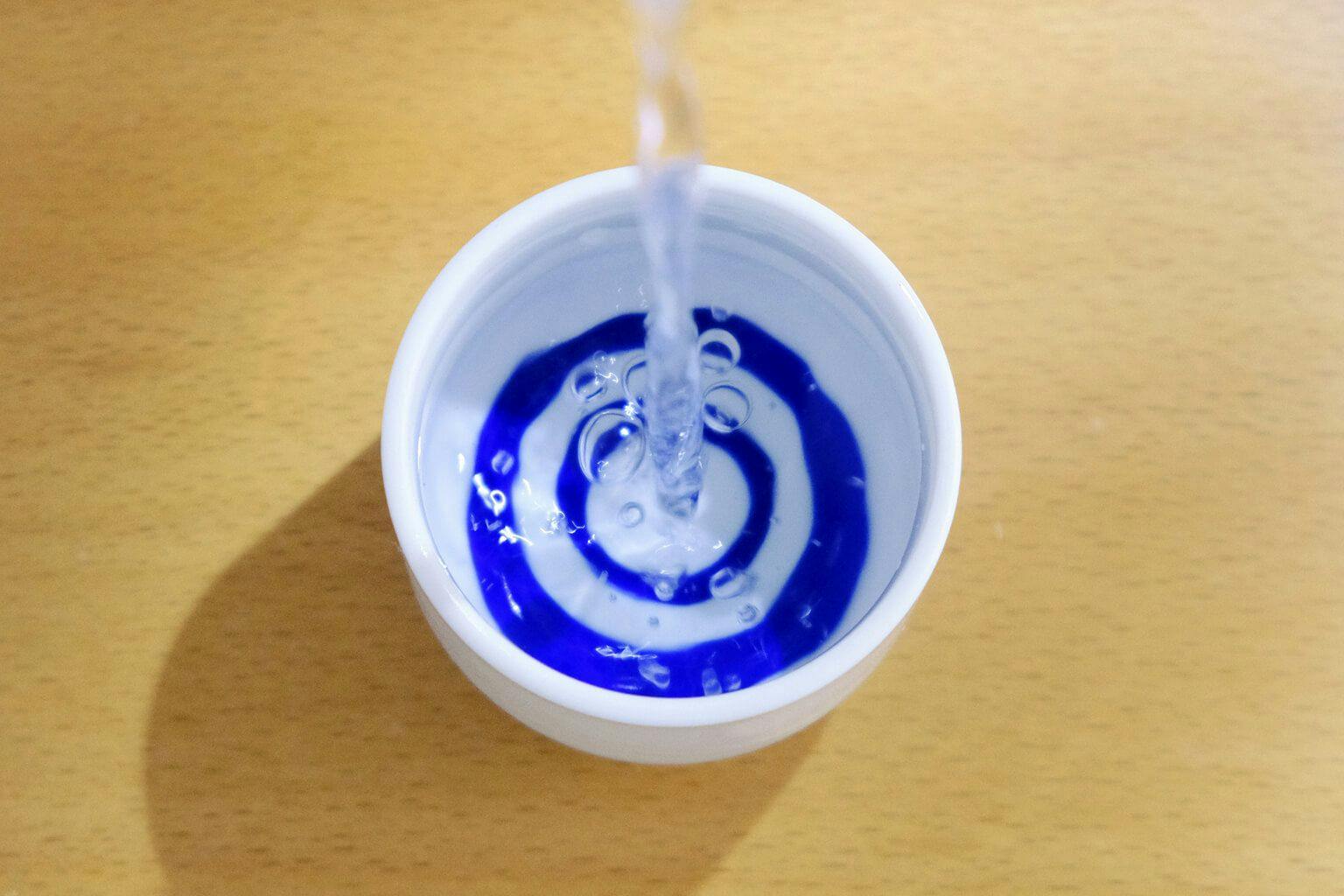Raise Your Glass for World Sake Day
Table of Contents
Today is World Sake Day! Across Japan and around the world, sake’s heritage and history will be celebrated with sake tasting and food pairing events. It’s another reason to love the month of October!

A Japanese sake brewery entrance is marked by a cedar ball called “sugidama” | Courtesy of Asabiraki
In 1978, the Japan Sake Brewers Association declared October 1st as “Nihonshu no Hi” or “Sake Day” to recognize the talents of sake brewers and commemorate the country’s national beverage. Although the timing also naturally follows the season for harvesting rice, the recognition of sake’s contributions to Japanese culture might also be traced to a lesser-known event that occurred during the Edo Period when the 11th Shogun Tokugawa Ienari banned sake brewing before the Autumn Equinox to help ease rice shortages (Maction Planet, 2017). Rice and sake are so inextricably linked in Japanese culture and lifestyle that during times of famine and upheaval, rioting peasants would go for rice brokers and brewers first (Hoffman, 2013). Thankfully, sake production has become much more sophisticated and the modernization of agriculture has led us out of those difficult times!
Brewing sake is a lengthy, delicate process that requires extensive skill. Although sake is sometimes referred to as “rice wine”, the process of rice polishing and complex, multiple parallel fermentation makes it a category of its own, separate from wine, beer, and other liquors. Rice, water, yeast and koji compose sake’s main ingredients but the region’s landscape, weather, and local culture all influence how sake is made and the resulting flavor profiles of each sake.

A toji (“brewing master”) examines the rice during the brewing process | Courtesy of Asabiraki
Well-known wine critic Eric Asimov describes the beauty of sake: “Some sakes are smooth and pure, almost crystalline in the mouth, while others are rich and fruity, tasting subtly like peaches or pears. Textures can range from delicate and lacy to fatty and oily. Sakes can offer the unexpected, too, like a sweet, sparkling sake reminiscent of moscato d’Asti, or an aged sake that has turned savory almost salty..." (2004).

10 oz mini sake bottles from Tippsy’s monthly subscription box are a great way to try a variety of different flavors from different breweries!
One of the reasons sake’s popularity has moved beyond Japan’s borders is its incredible versatility. Sake may have a reputation of being just for adventurous drinkers, but it’s also a very reliable friend at the table. From tacos to tom yum, pizza to steak frites, there is a sake for any dish. Even if you’re not in a major city for World Sake Day, you can still kampai with us! Just remember “SAKE”:
Select one or more bottles to enjoy, from your tried-and-true favorite to a new brand,
Adjust your sake temperatures from hot sake, to room temperature, and chilled sake to explore different flavors,
Keep everyone’s glasses full!
Elevate your dining experience with sake paired with your favorite food!
For recipe inspiration and recommendations from sommeliers, make sure to visit our blog. And check out our new Sake Guide for the essential things you should know about sake!
Resources:
Asimov, Eric. (2004). THE POUR: Sake Takes Its Place by the Reds.
Hoffman, Michael. (2013). Kanpai! Sake through the ages.
Maction Planet. (2017). Sake Day and the Sake Production Calendar.

Louie Anne Batac-Nguyen
Louie Anne lived and worked in beautiful Okinawa, Japan for 10 years, and brings with her a deep appreciation for Japanese culture. As a cultural writer and editor, she seeks to share her experiences and bridge connections with fellow travelers and dining enthusiasts.
Learn about Tippsy’s Editorial process
Recent posts
All about sake
Sign up to receive special offers and sake inspiration!








